German Shepherd Double Coat: Everything You Need to Know

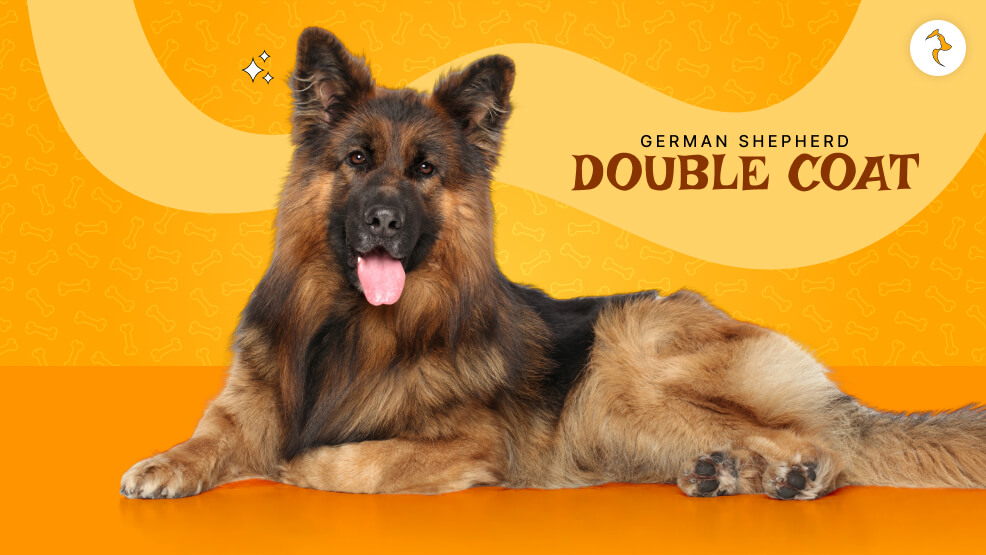
The German Shepherd is a dog breed well-known for intelligence, loyalty, unique appearance, and muscling.
And of them, the coat, and more specifically the double coat of the German Shepherd, is probably one of the most frequently disputed topics. The German Shepherd’s double coat is a point of contention between new and seasoned owners, a point of interest, curiosity, and confusion.
Knowing the nature of the German Shepherd’s double coat can help you better take care of your dog, provide it with comfort in different environments, and have a healthy grooming practice that reflects not only its appearance but also its health.
Do All German Shepherds Possess Double Coats?
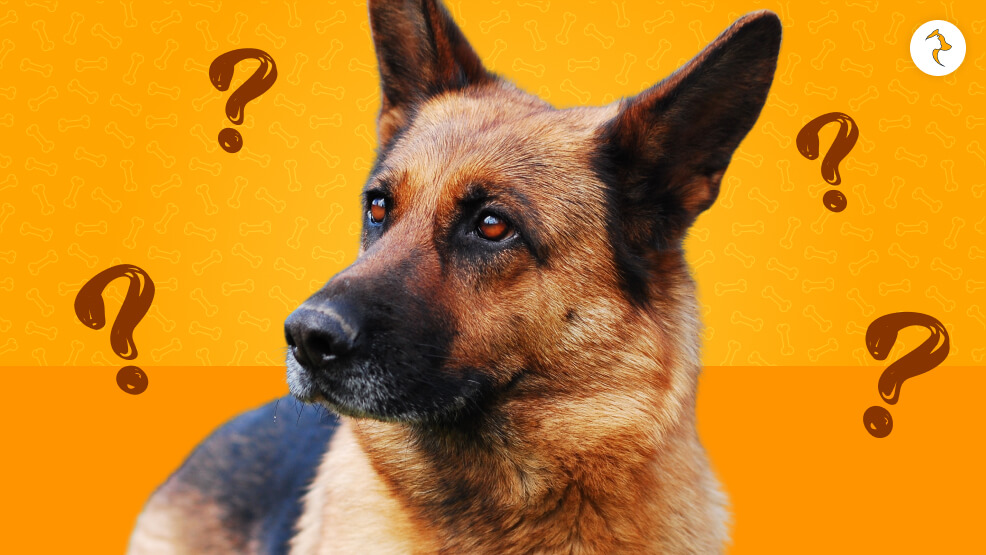
Yes, the majority do. Most German Shepherds have a double coat, which primary kennel clubs like the AKC and FCI refer to as the breed standard.
- Exceptions are not unknown: Some German Shepherds may have a single coat due to genetics or breed choice, but these are not typical in quantity.
- Double coat purpose: It protects against the cold, sun, and weather, making it a multi-purpose working dog.
German Shepherds naturally have a double coat because they were bred as working dogs in varying weather conditions.
The double coat lets them control their body temperature optimally and protects their skin from harsh environments.
Although the breed standard is for a double coat, single-coated German Shepherds are great companions but may have different grooming or temperature requirements.
What are the types of Double Coats in German Shepherds?
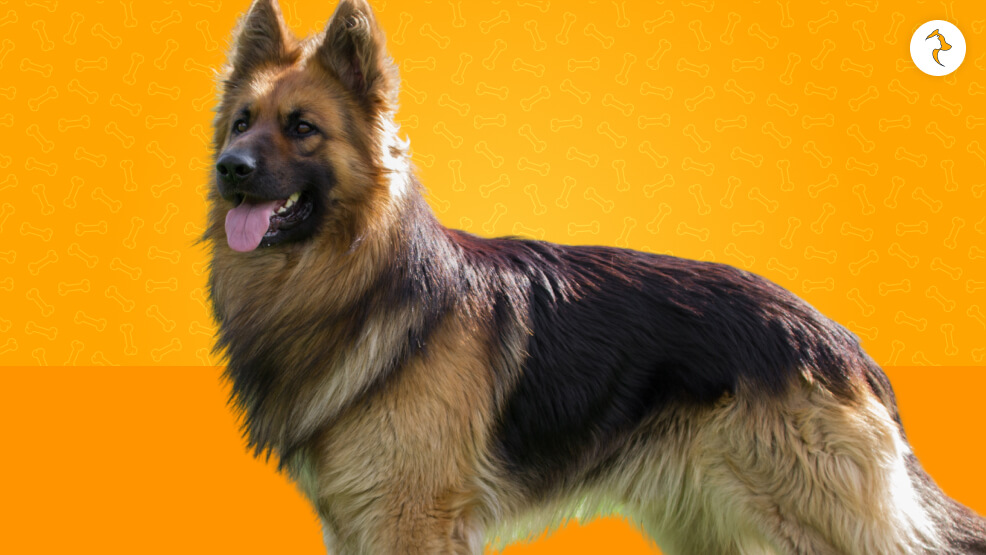
German Shepherds have Two layers- A double coat has an outer coat (guard hairs) and an undercoat (inner coat):
- Guard hairs: They are thicker and longer and repel water and dirt.
- Undercoat: A thick, soft layer of fur that traps air for insulation.
The undercoat and outer coat function together to provide a self-adjusting barrier. During winter, the undercoat becomes thicker to keep the dog warm, while during summer, it sheds to cool the dog down.
The outer coat stays year-round, offering round-the-clock protection from rain and sun. It is this double-layered arrangement that makes the coat “double.”
Why German Shepherds Have Double Coat?
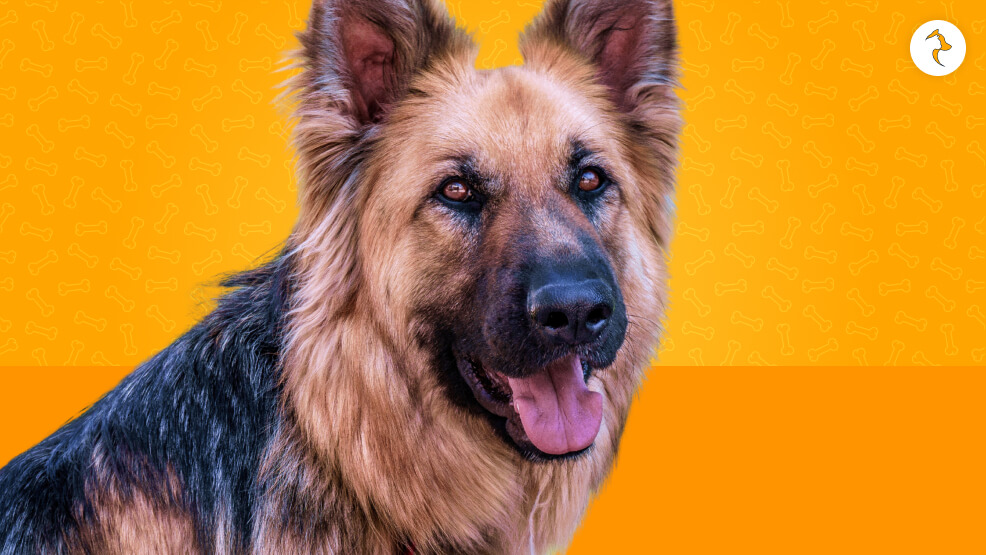
German Shepherds were initially bred to guard and herd sheep and required a coat that could adapt to changes in temperature.
Their double coat was developed to provide insulation against temperature and natural immunity against thorns, snow, and bugs. It continues to be part of the breed’s endurance and functionality today.
- Weather flexibility: They were made to perform outdoors in any weather.
- Protection: Shields the skin from sunbeams, scratches, and parasites.
- Regulation of heat: Warms them in winter and cools them in summer.
Are Long-Haired German Shepherds Known to Have Double Coat?
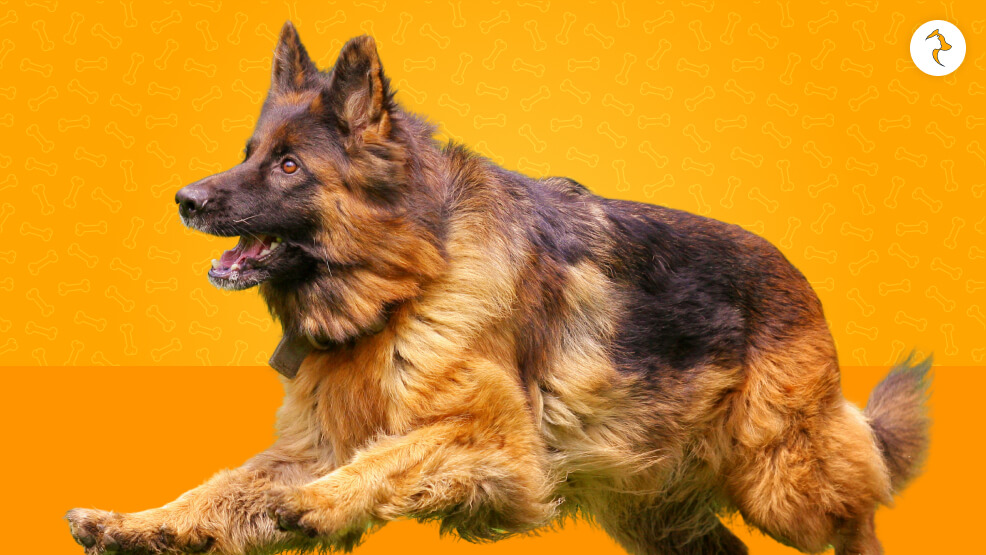
Although the majority use the term to refer to long-haired dogs in a positive manner, that is not always so.
Some long-haired German Shepherds do not have an undercoat and, therefore, can’t regulate temperature as well and require special care in extreme temperatures.
Double coats require grooming more often than not to prevent matting and keep healthy skin under the coat of longer hairs.
- Single-coated long-hair: Less insulation; more prone to weather fluctuations.
- Double-coated long-hair: Same grooming requirements but with the same temperature-regulation advantage.
How to Know if My Dog has a Double Coat?

Consider the double coat to ensure you select the best grooming routine. Examine your dog’s coat closely—double-coated dogs carry a definite undercoat that sheds yearly. If you are unsure, the veterinarian or groomer can help determine the coat type.
- Visual inspection: Separate the coat and look for a soft, fluffy undercoat beneath the surface topcoat.
- Feeling test: The Undercoat is heavier and softer than an exterior coat.
- Shearing patterns: Heavily shed in spring and autumn for Double-coated Shepherds.
Difference in texture: Undercoat and Outer coat
There’s a reason every layer exists. The guard hairs repel physical forces, while the undercoat provides the necessary temperature control.
Grooming tools work on separate layers—slicker brushes on the outside coat and rakes or de-shedding tools on the undercoat.
- Undercoat:
- Soft, dense, short.
- Traps air for insulation.
- It is lighter in color and typically harder to see unless the fur is split.
- Outer coat (Guard hairs):
- Straight, long, coarse.
- Repels water- and dirt.
- Physical protection.
How Frequently Should I Brush My German Shepherd?

Regular brushing keeps your dog’s coat mat- and tangle-free, releases natural oils, and prevents loose hair from accumulating.
Daily brushing during shedding season keeps the potential for fur clumps in the home at a minimum and improves skin ventilation.
- Normal maintenance: 3–4 times a week.
- Shedding season: Everyday brushing to accommodate heavy coats.
- Tools recommended:
- Undercoat rakes
- Slicker brushes
- Deshedding tools (such as the Furminator)
Is It Okay to Shave My German Shepherd?
- Strongly discouraged: Shave only on the advice of a veterinarian.
- Harmful to their coat: Shaving damages natural protection.
- Alternative: Regular brushing and grooming instead of shaving.
Shaving ruins the dog’s built-in heat-regulating system. Unlike single-coated breeds, double-coated breeds, such as the German Shepherd, mostly depend on their coat for cooling or heating.
Shedding may be performed as an alternative, but in fact, it triggers sunburn and heatstroke more often.
Why Is Shaving a German Shepherd Dog Bad?
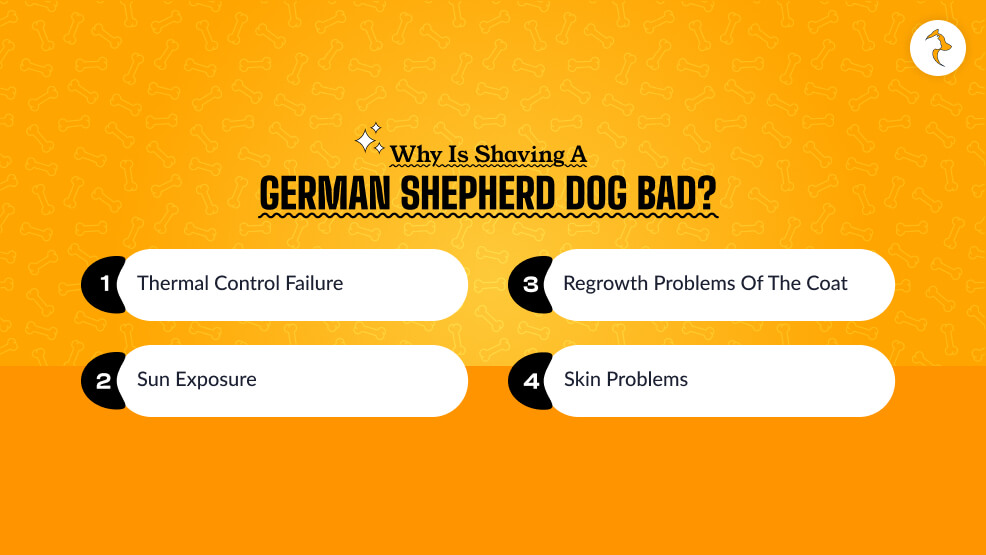
Shaved coats are no longer of any value. Owners too often unintentionally harm the dog’s skin and long-term coat health by shaving.
The possibility of inflicting long-term coat damage and exposing yourself to environmental damage is too high to take by shaving when there is no medical necessity.
- Thermal control failure: It can overheat or be too cold.
- Sun exposure: Results in sunburn and the potential for skin cancer.
- Regrowth problems of the coat: It can come back crooked or wiry.
- Skin problems: Increased risk of irritation, hot spots, and infection.
Other German Shepherd Double Coat Care Tips
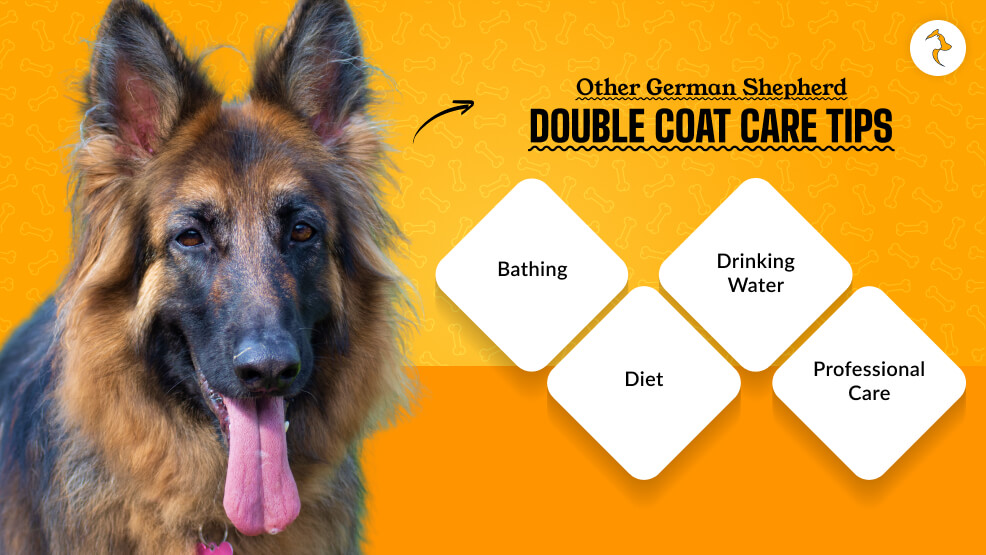
A beautiful coat begins from the inside out. A healthy diet and hydration result in good skin and fur, and regular bathing prevents it from accumulating.
Even seasoned groomers can be helpful when it comes to maintaining coats at their best, particularly for long-haired or heavily coated German Shepherds.
- Bathing: Every 6–8 weeks or when visibly dirty.
- Diet: Healthy food with Omega-3 and Omega-6 fatty acids makes the coat shine and feel healthy.
- Drinking water: Prevents dryness and keeps the skin soft.
- Professional care: Regular visits to groomers keep problems at an early stage before they become more serious.
Final Thoughts!
The German Shepherd’s double coat is more than a breed characteristic—it’s a multi-purpose, protective coat that speaks to the dog’s working capacity and outdoor proficiency.
Whether or not your dog possesses a double coat and how best to maintain it can make a significant difference in its health, comfort, and well-being.
From identification of coat type to maintenance of routine grooming and understanding what not to do (i.e., shaving), the responsibility lies with the dog owners to maintain their German Shepherd’s coat in a healthy state.
Not only does grooming give their coat a breathtaking appearance, but it also habituates your dog to varying weather conditions and environments.
Simply put, utilize the double coat to the full extent it is worth: it is a godsend in its natural state as protection for one of the world’s most well-known dog breeds.

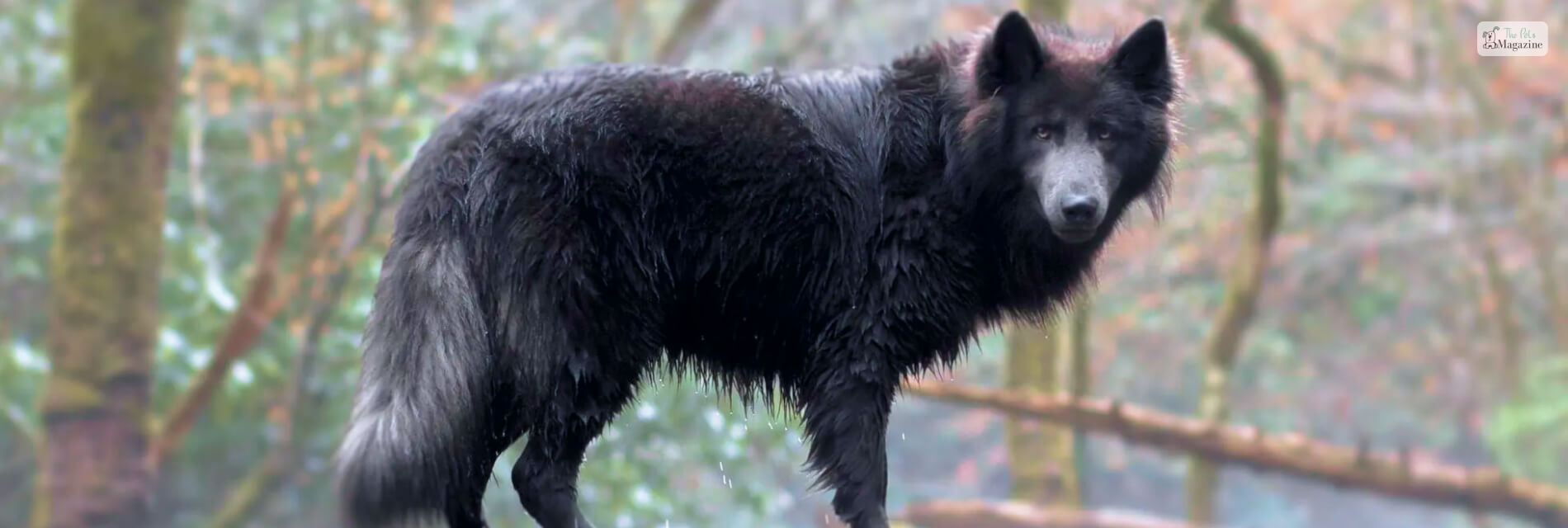
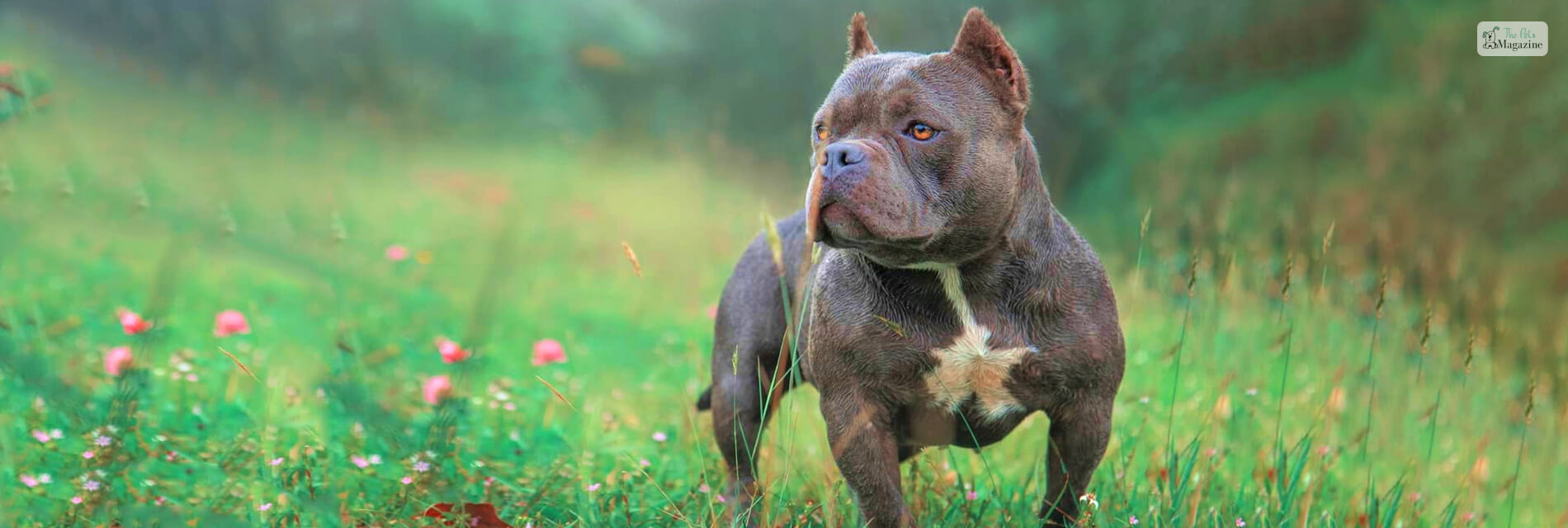

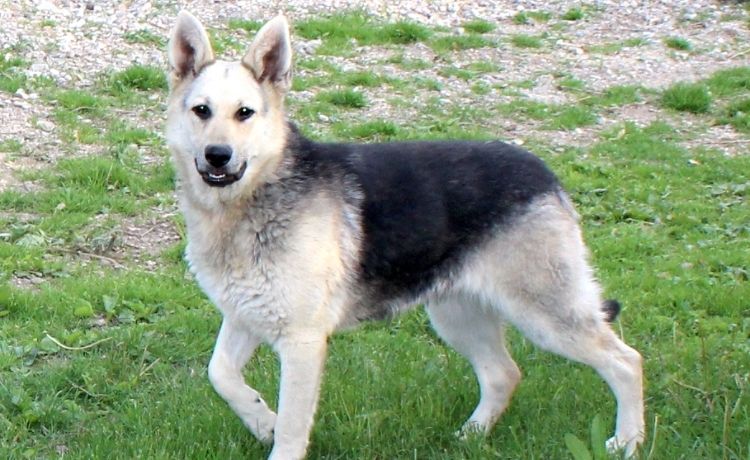

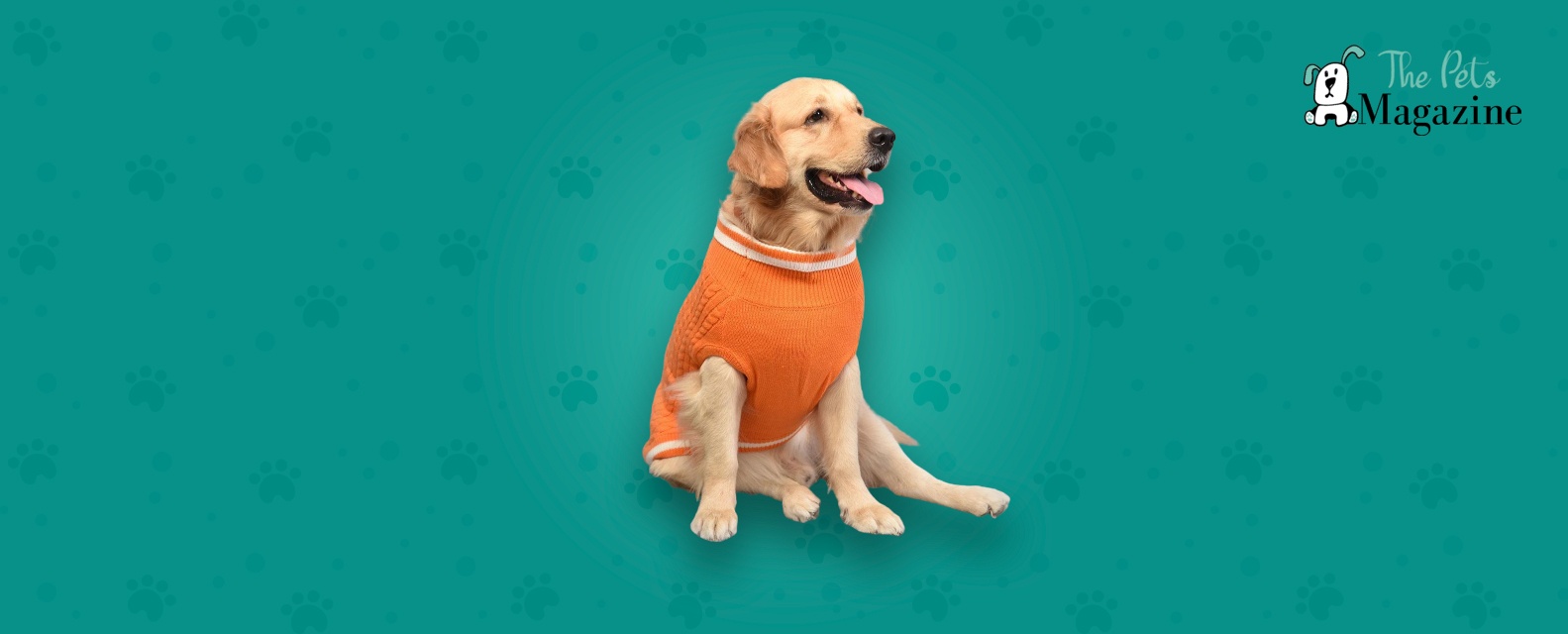
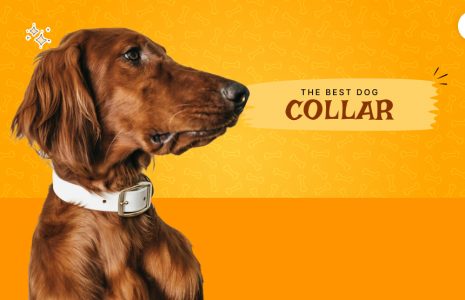
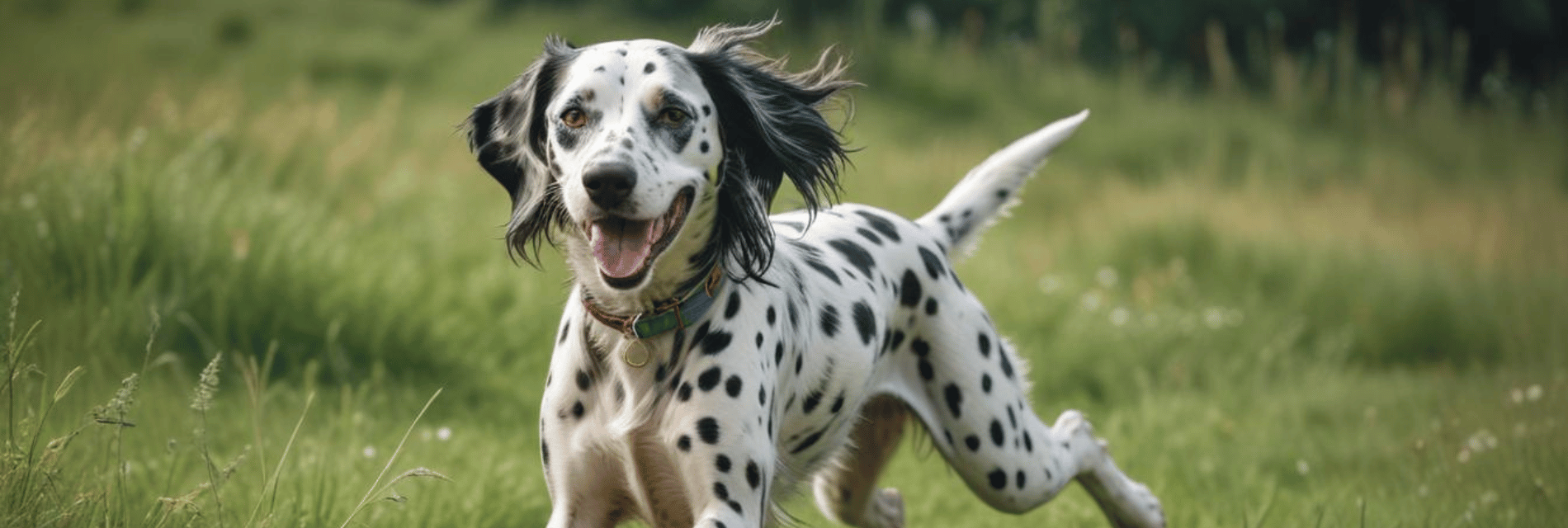
Leave A Comment